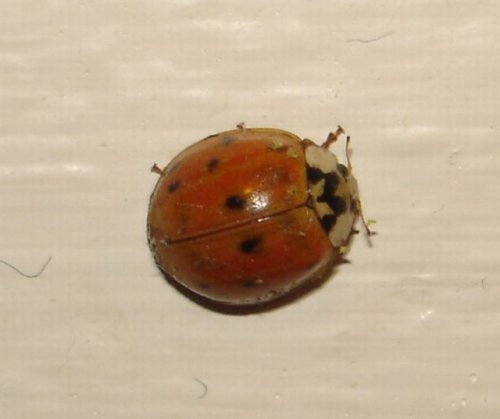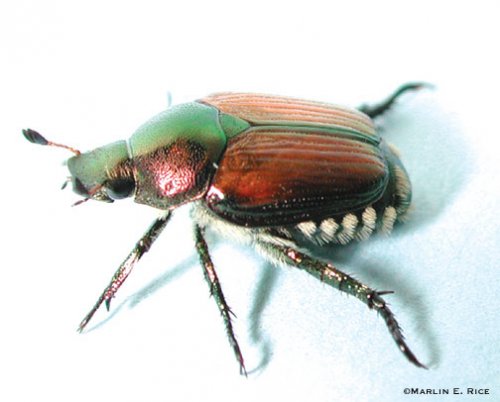Tara
New Member
I used to think they were lady bugs...then someone said they were Japenese beetles, so I'm not sure. Every year these little bugs invade my home. If I don't get my air conditioner out of my window in time they come in through the cracks and are everywhere. One year I spent all day vacuuming them up. And at any given time you can usually find some around.
Since they are always available, do you think they are ok for my chams to eat? I live out in the country..out of city limits....their are a couple of farms nearby. Should I be scared of pesticides?
I was also told that these beetles were released on purpose to deal with another bug overpopulation...of course now they are the ones out of control. Here are some pics of them.. Thanks, Tara
Since they are always available, do you think they are ok for my chams to eat? I live out in the country..out of city limits....their are a couple of farms nearby. Should I be scared of pesticides?
I was also told that these beetles were released on purpose to deal with another bug overpopulation...of course now they are the ones out of control. Here are some pics of them.. Thanks, Tara







